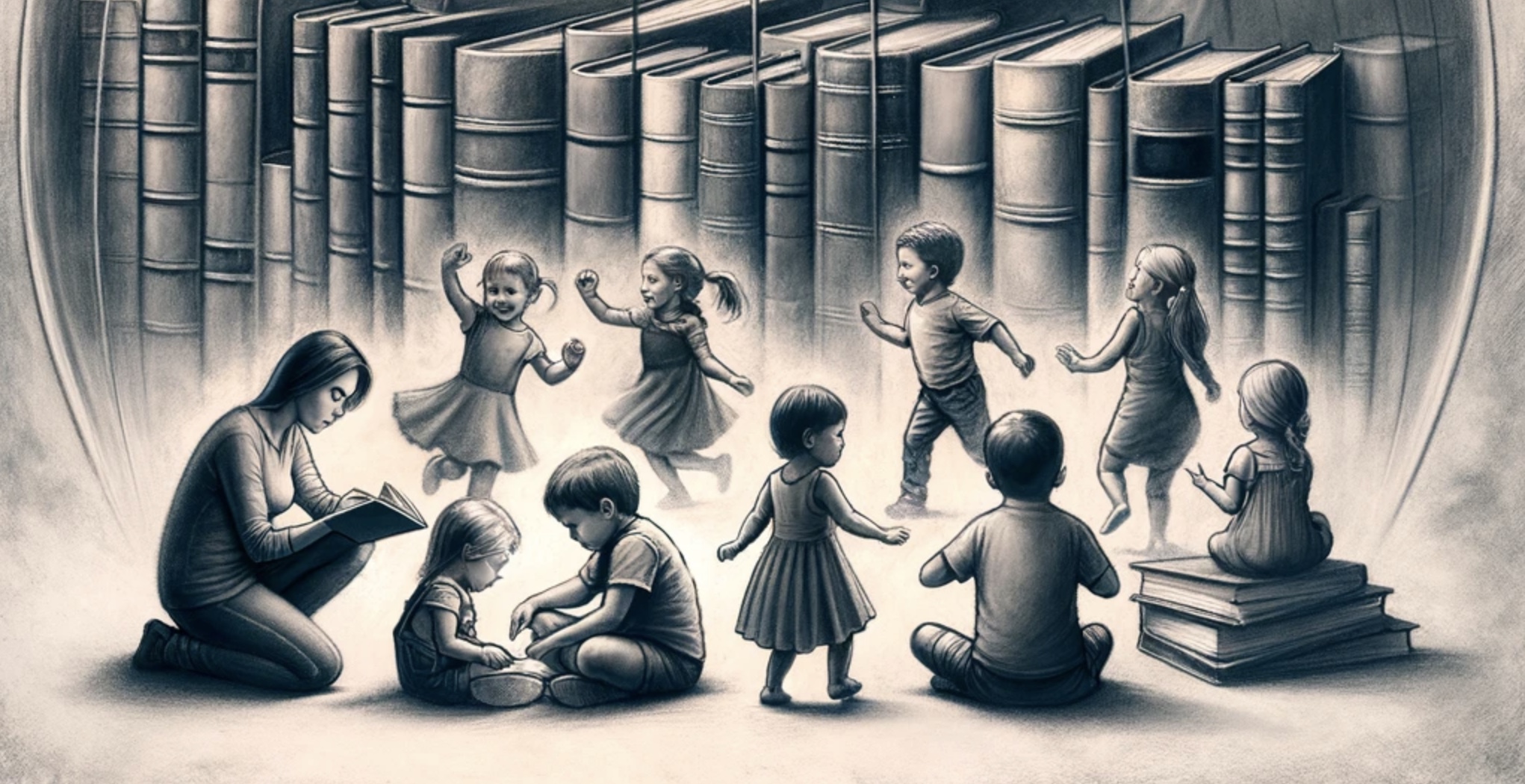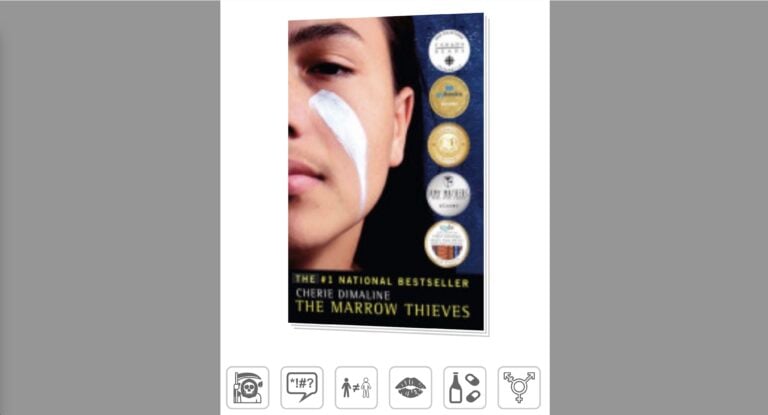Navigating the Subtleties in Children’s Literature
A Page Turned is a Lesson Learned: Navigating the Subtleties in Children’s Literature
In the whimsical world of children’s literature, every book holds a story, and every story, a lesson. Yet, sometimes the lessons are more than just the moral of the story. They seep into the fabric of our family values and beliefs, often in ways as subtle as a whisper in a bustling room. Today, we delve into three popular children’s books, not to critique or praise, but to highlight the subtle intricacies that might warrant a second glance from discerning parents.
“Antiracist Baby”
by Ibram X. Kendi
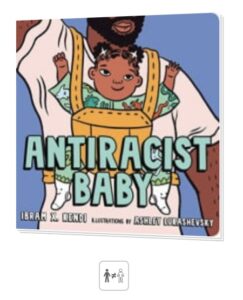 At first blush, “Antiracist Baby” appears as a vibrant crusader of tolerance and understanding. Kendi’s work is commendable in its effort to introduce young minds to the complexities of racism and acceptance. However, beneath its colorful pages lies a narrative interwoven with themes of white privilege and subtle undertones many consider reverse racism. For the vigilant parent, this is a gentle nudge to peek beyond the book’s acclaimed status, ensuring its message aligns with your family’s discourse on such profound topics.
At first blush, “Antiracist Baby” appears as a vibrant crusader of tolerance and understanding. Kendi’s work is commendable in its effort to introduce young minds to the complexities of racism and acceptance. However, beneath its colorful pages lies a narrative interwoven with themes of white privilege and subtle undertones many consider reverse racism. For the vigilant parent, this is a gentle nudge to peek beyond the book’s acclaimed status, ensuring its message aligns with your family’s discourse on such profound topics.
“Princess Puffybottom… and Darryl”
by Susin Nielsen-Fernlund
In the seemingly innocent tale of a pampered cat and a playful puppy, “Princess Puffyb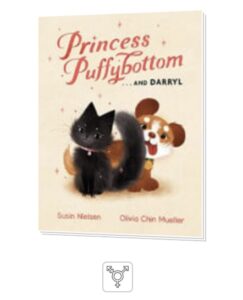 ottom… and Darryl” carries a subtle yet significant layer. Nielsen-Fernlund’s story, while centered around the dynamics of pet rivalry, quietly introduces a lesbian couple as part of its narrative backdrop. This inclusion, while reflective of societal diversity, may prompt questions from the youngest of readers. It’s a reminder that sometimes, the background characters in a story can bring forth untimely foreground discussions in the family living room.
ottom… and Darryl” carries a subtle yet significant layer. Nielsen-Fernlund’s story, while centered around the dynamics of pet rivalry, quietly introduces a lesbian couple as part of its narrative backdrop. This inclusion, while reflective of societal diversity, may prompt questions from the youngest of readers. It’s a reminder that sometimes, the background characters in a story can bring forth untimely foreground discussions in the family living room.
“P is for Pterodactyl”
by Raj Haldar
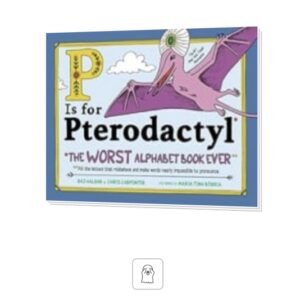
Lastly, we turn the pages of “P is for Pterodactyl,” a book that takes a leap from the conventional alphabetic path. Haldar’s playful twist on silent letters and homophones is an intellectual treat. However, nestled among its clever prose is a reference to a ouija board, a detail that might raise more than eyebrows in families sensitive to themes of witchcraft and the occult. Here, the alphabet soup serves a side dish of discretion, reminding us to peruse each spoonful before serving it to our young learners.
That’s a Wrap
In the kaleidoscope of children’s literature, each book is a spectrum of colors, ideas, and messages. As parents and guardians, it’s our role to discern which hues resonate with our family’s palette. Whether it’s Kendi’s thought-provoking narratives, Nielsen-Fernlund’s subtle social textures, or Haldar’s linguistic gymnastics, a book in hand should always be an invitation to dialogue and understanding. So, dear readers, as you navigate this library labyrinth, remember: a book’s cover is just the beginning, its reviews but a guidepost. The true journey lies within its pages, waiting to be discovered, one careful read at a time.
The right book at the right time builds a healthy mind.
Make a Difference; Get Involved
